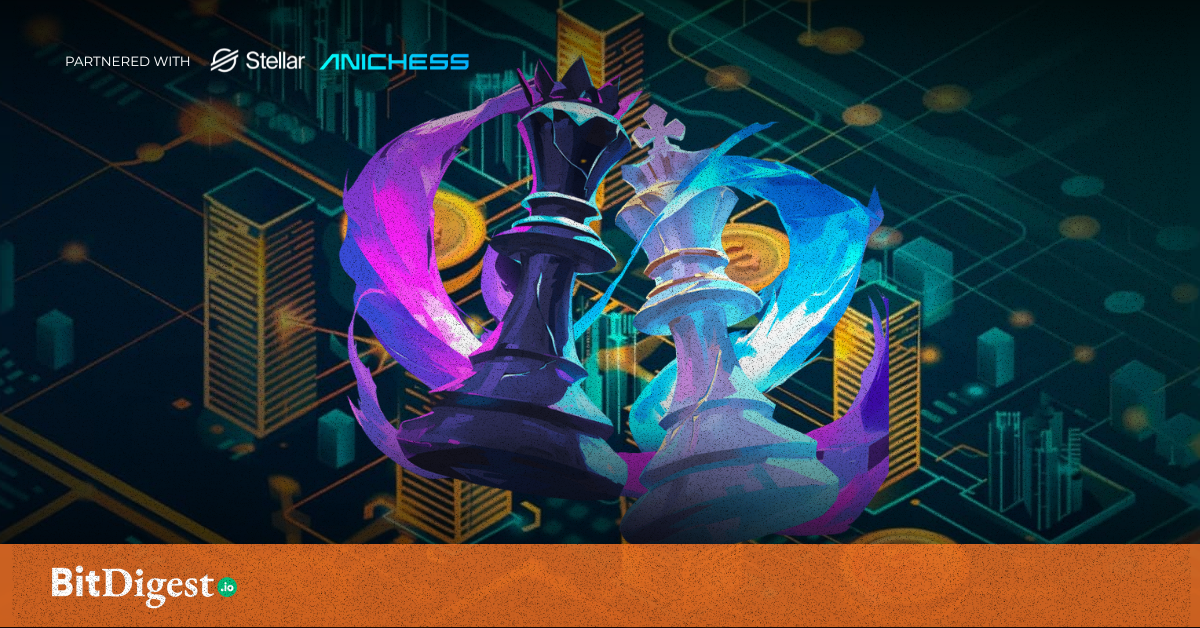The Battle of Currencies: Fiat vs Digital Money
In the financial universe, the dichotomy between fiat money and digital money represents a pivotal shift from tangible to virtual assets, fundamentally altering how transactions unfold globally.
Fiat money, denoted by its government-backed legality and absence of physical commodity support like gold or silver, contrasts starkly with the digitally-native existence of digital money, accessible solely through electronic devices.
This evolution underscores a significant transformation in monetary systems, where the seamless transferability and low transaction costs of digital money, including cryptocurrencies and Central Bank Digital Currencies (CBDCs), challenge traditional fiat currency's dominance.
Digital money spans a spectrum from decentralized cryptocurrencies, such as Bitcoin and Ethereum, which leverage cryptography for secure transactions, to centrally-controlled CBDCs being considered by countries like England, Sweden, and Uruguay.
These variations signify not just a diversification in currency types but also in governance and regulation frameworks, hinting at a complex yet fascinating future for global finance.
This article explores these currencies in depth, from their history and evolution to the challenges and risks they face, offering insights into the burgeoning world of digital finance optimized for digital money and crypto enthusiasts.
History and Evolution
The progression of money from tangible assets to digital forms encapsulates a complex journey marked by significant milestones. Initially, the barter system facilitated direct exchanges of goods and services without a standardized medium of value.

This system evolved into the use of commodity money, which derived its value intrinsically from materials like gold or silver. Representative money soon followed, holding value not in the materials it was made from but as a representation of something valuable.
Transition to Fiat and Digital Currencies
- Adoption of the Gold Standard: Many countries adopted the gold standard in the late 19th century, which while facilitating international trade, often led to economic challenges like deflation and recessions.
- Shift to Fiat Money: The gold standard's limitations during World War I led to its abandonment, paving the way for fiat money, established primarily by government decree and without intrinsic value.
- Introduction of Cryptocurrencies: In 2008, the creation of Bitcoin by Satoshi Nakamoto introduced a decentralized currency model, challenging the centralized fiat systems with its potential for efficiency, security, and decentralization.
The evolution of money has been influenced significantly by changes in societal needs and technological advancements. The transition from the gold standard to fiat money marked a pivotal shift, allowing governments more control over their monetary policies. Meanwhile, the rise of digital currencies like Bitcoin reflects a growing trend towards decentralization, poised to potentially reshape the future monetary landscape [3].
Understanding Fiat Money
Fiat money, established by governmental decree, operates without backing by physical commodities. Its value hinges on the trust and confidence in the government's stability and economic policies.
Unlike cryptocurrencies, which are valued based on their technological attributes and supply mechanisms, fiat money's worth is closely tied to the economic actions and stability of the issuing country.
Key Characteristics of Fiat Money
- Legal Tender Status: Fiat money is declared legal tender by the government, meaning it must be accepted for all debts and financial obligations within the country.
- Inflation and Monetary Policy: Central banks control the supply of fiat money, which can lead to inflation if too much is printed. This diminishes purchasing power and can lead to economic instability.
Fiat money's centralized nature sometimes results in slower transaction times compared to decentralized cryptocurrencies, which can operate without the need for traditional banking infrastructure. Despite these challenges, fiat money remains a cornerstone of global economies, underpinned by its wide acceptance and regulatory frameworks.
Exploring Digital Money
Types and Functionality of Digital Money
Central Bank Digital Currencies (CBDCs)
- Government-Backed Digital Currencies: CBDCs are digital currencies issued by a country's central bank, providing a secure and regulated means of digital exchange.
- Advantages: They offer lower transaction costs, increased security, and enhance financial inclusion compared to traditional fiat money.
- Monetary Policy Tools: CBDCs enable central banks to directly implement policies aimed at controlling inflation and stimulating economic growth.
Cryptocurrencies and Stablecoins
- Decentralized Nature: Cryptocurrencies like Bitcoin use cryptography to secure transactions and control the creation of new units, offering greater privacy and reducing traceability.
- Stablecoins: Designed to minimize volatility, stablecoins are pegged to more stable assets like fiat currencies or gold, providing a more reliable medium of exchange within the crypto space.
Impact on Global Finance
- Financial Inclusion: Digital money can significantly lower barriers to financial services, potentially including unbanked populations by eliminating the need for physical banking infrastructure.
- Efficiency in Monetary Policy: The adoption of digital currencies could streamline the implementation of monetary policies, improving responsiveness to economic crises.
Digital money, encompassing both CBDCs and various forms of cryptocurrencies, represents a transformative evolution in the financial sector, addressing traditional inefficiencies and introducing new challenges and opportunities.
Global Acceptance and Usability
While fiat money and digital money/CBDCs both serve as mediums of exchange, units of account, and stores of value, the global acceptance and usability of cryptocurrencies highlight a distinctive shift towards digital finance.
Cryptocurrencies facilitate transactions across borders securely and efficiently, bypassing traditional intermediaries and significantly reducing transaction fees, especially in international transfers. This efficiency not only streamlines transactions but also offers a cost-effective alternative to conventional banking systems.
Furthermore, the inherent accessibility of cryptocurrencies, which only requires an internet connection for operation, democratizes financial access. This feature is particularly transformative for unbanked or underbanked populations, providing them with opportunities for financial inclusion that were previously unavailable through traditional banking channels.
The global reach of cryptocurrencies ensures that anyone, regardless of location, can participate in the digital economy, fostering inclusivity and financial empowerment on a scale not feasible with traditional fiat currencies.
Conclusion
Through an exhaustive exploration of the nuances between fiat and digital money, this article has illuminated the pivotal distinctions and shared functionalities that each form of currency brings to the financial ecosystem.
We touched upon the historical evolutions, from commodity-based systems to the digitization of currencies, spotlighting the technological advancements that have catalyzed this transition. Particularly, the advent of cryptocurrencies and CBDCs represents a profound shift towards an era of digital finance, challenging traditional notions of monetary value, governance, and control.
The discourse shed light on both the transformative potential and the multifaceted challenges digital currencies confront, from cybersecurity risks to regulatory hurdles. Reflecting on these discussions, it's evident that the trajectory of monetary systems is veering towards greater digital integration.

With news of a Jeepney driver losing P300K in a Taguig fire that also left 15 families homeless, the situation is truly heartbreaking, especially for those directly affected.
In light of such unfortunate events, the need for secure and accessible financial systems becomes even more apparent.
Cryptocurrencies, with their decentralized nature and robust security measures, offer a potential solution to mitigate risks associated with physical cash.
By leveraging blockchain technology, cryptocurrencies ensure that transactions are transparent, immutable, and resistant to fraud. This not only enhances financial security but also empowers individuals to have greater control over their own wealth.
.svg)


.svg) SHARE TO FACEBOOK
SHARE TO FACEBOOK SHARE TO TWITTER/X
SHARE TO TWITTER/X SHARE TO LINKEDIN
SHARE TO LINKEDIN SEND TO MAIL
SEND TO MAIL





.svg)


.svg)